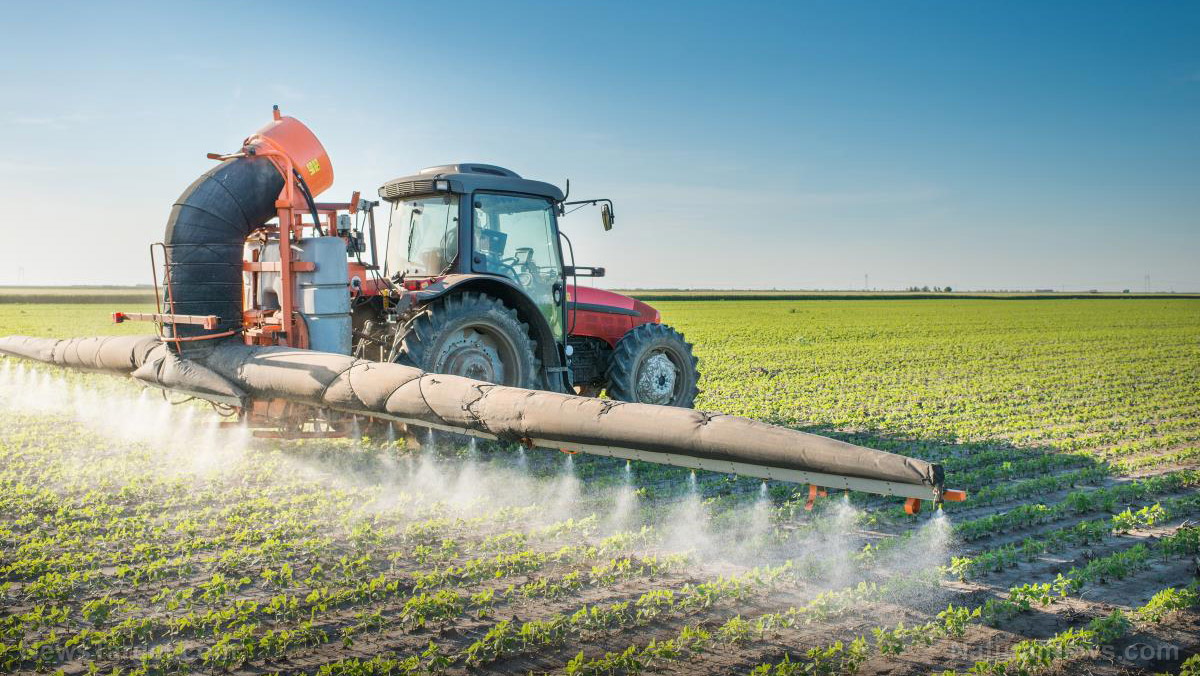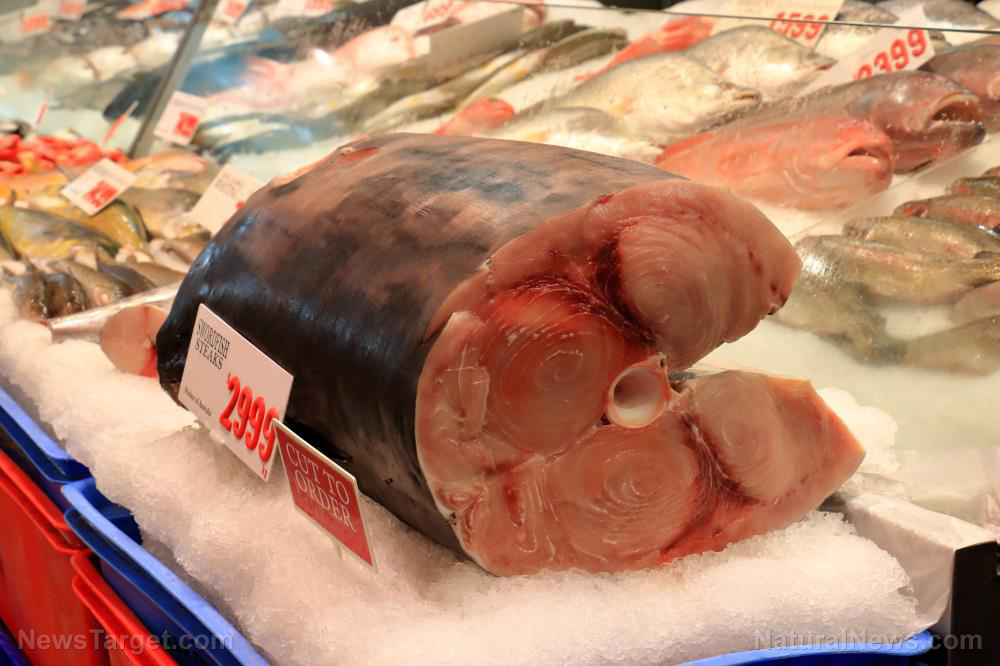Culinary cheat codes: 11 Delicious ways to reduce food waste
02/09/2020 / By Arsenio Toledo

Food waste is detrimental to the environment. With over 150,000 tons of food wasted each day in the United States alone, many conscious consumers are starting to look for ways to reduce their impact. If you’re one of those people who want to reduce their own food waste, one thing you can do right now is to recycle all of the food you eat. Instead of throwing away leftovers or food that’s been sitting in your fridge for too long, consider turning it into a delicious meal. Here are 11 deliciously simple ways to recycle your food. (h/t to EcoWatch.com)
Stale bread
If you have a food processor, you can turn stale bread into breadcrumbs which you can then coat on eggplant or chicken and make a nice schnitzel. If you don’t have a food processor, you can use a food mallet, a rolling pin or a cheese grater. You can also make croutons out of any kind of stale bread.
Bruised fruit
Having one or two brown spots on your apples doesn’t necessarily mean the whole thing is spoiled. Even the least aesthetically pleasing apple may still be edible. With a blender, you can cut down on food waste by turning that apple into a delicious smoothie.
Broccoli and cauliflower stalks
While they may be harder to eat, the stalks and stems of cauliflower and broccoli are just as nutritious. If you slice them up into thin stalks and sprinkle them onto your salad, you’ll be adding more volume and diversity of texture without buying more food. (Related: Roasted cauliflower is a “healthy” guilty pleasure – here’s how to enjoy it.)
Fish
Almost every part of the fish can be used. There are plenty of online guides that you can look up that detail how to eat the parts of the fish that many shy away from, such as fish heads and collars. Some ethnic restaurants may even be able to teach you a thing or two about not wasting the fish.
Citrus peels
Orange and lemon peels are full of both flavor and vitamin C. The zest is often used to top different recipes to add variety in the flavor. Consider looking up recipes on how to use your lemon peels before throwing them away.
Cheese and cheese rinds
While the leftover end of a cheese wedge may be too difficult to grate over pasta, it’s still delicious and should not be wasted. You can bring out the flavor of this wedge by simmering it in a pot of soup or broth for that delicious umami boost.
Bones and fat
There is huge value in rendering animal fats. There are also plenty of online guides for how to render animal fat and turn it into lard or tallow. Leftover bones can also be used to make stock. And, if you’ve got pets in the house, you can also give them the leftover bones as a delicious treat.
Herb stems
The stems and roots of herbs are also packed with flavor. Herb stems, for example, are a staple in Thai curry pastes. Don’t leave them out when sprinkling your dishes with cilantro or parsley.
Wine
Wine can take an extremely large amount of freshwater in order to produce, so don’t waste even a single drop by sending it down the drain if it’s been opened for too long. While you may not like drinking oxidized wine, you can add them to your dishes to give the flavor a twist.
Vegetable leaves
Vegetable leaves like carrot tops are often discarded, however, they can also be added to your meals. Finely chopped vegetable leaves can be added onto tabbouleh salad or pesto. This can also be used with beets, radishes and many other vegetables.
Root vegetable peels
The peels of root vegetables like potatoes are also often discarded. But you should save those skins because they can make a fine, crispy garnish if you add sea salt and olive oil and bake until it’s lightly browned.
There are a near unlimited number of ways you can reduce your food waste by recycling every single piece of food in your household. The only limit that holds you back from, for example, turning the oil you used to cook your meats into a delicious gravy, is your imagination.
Sources include:
Tagged Under:



















